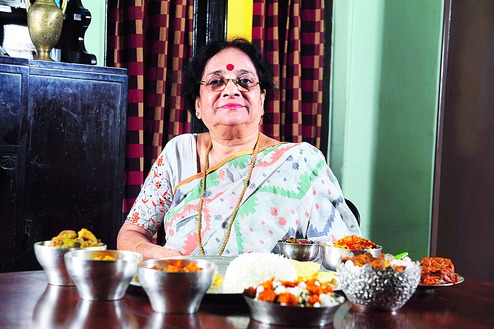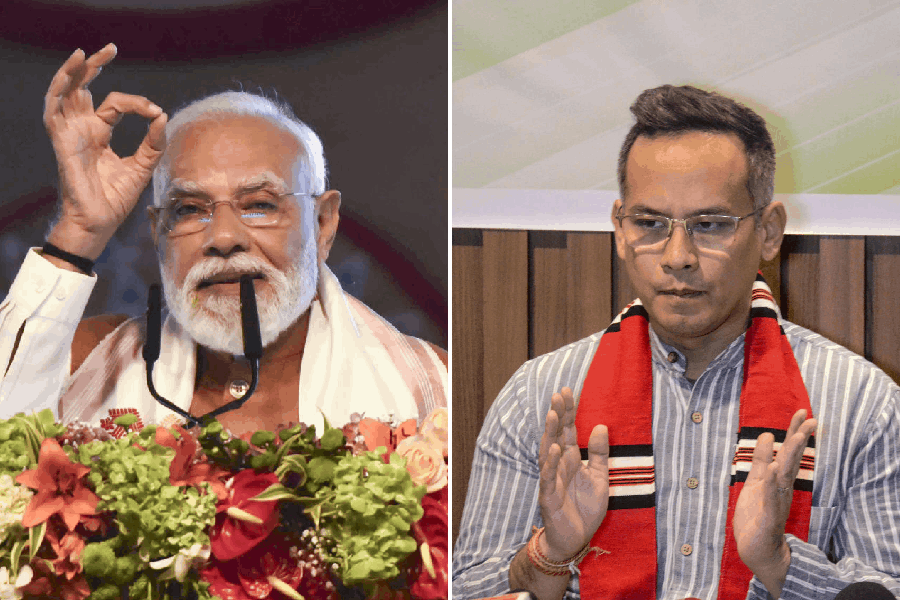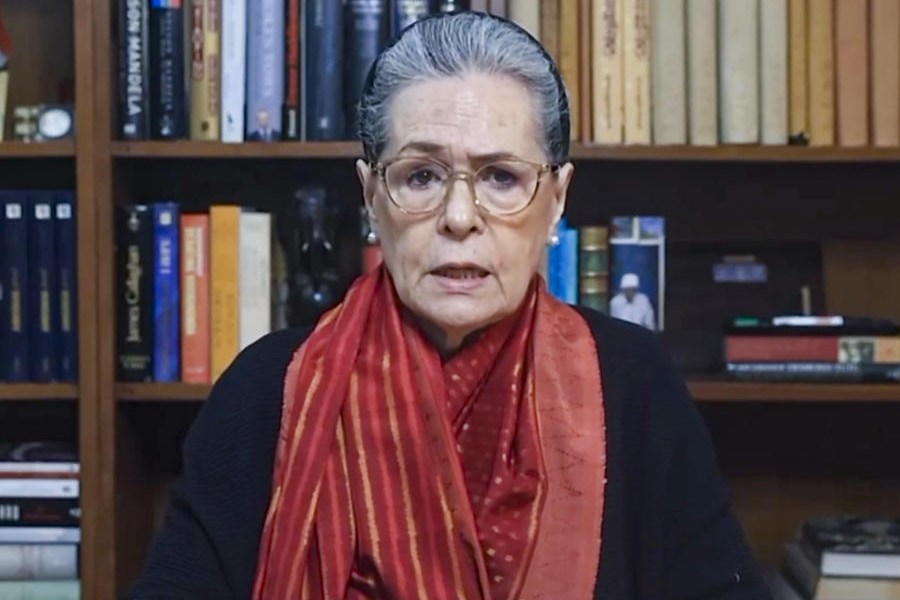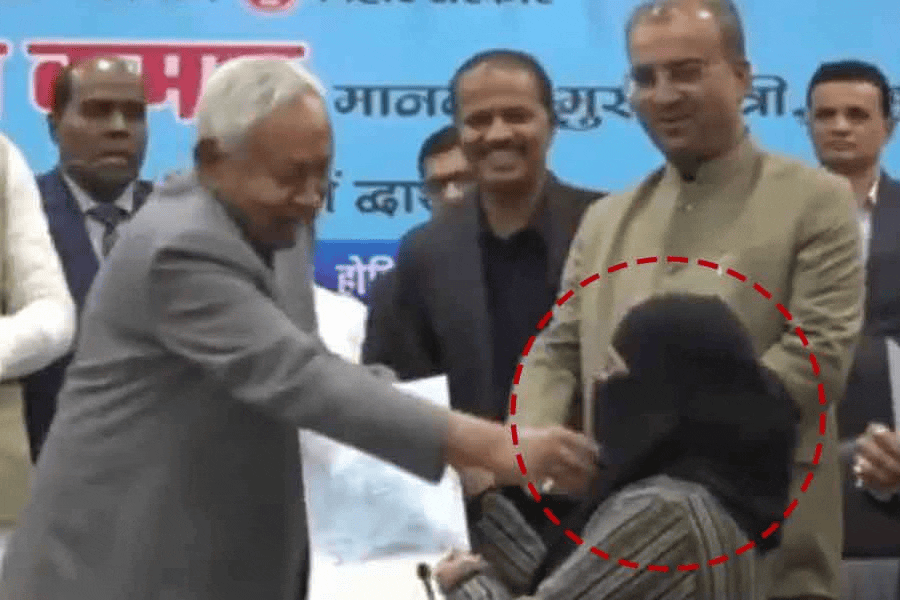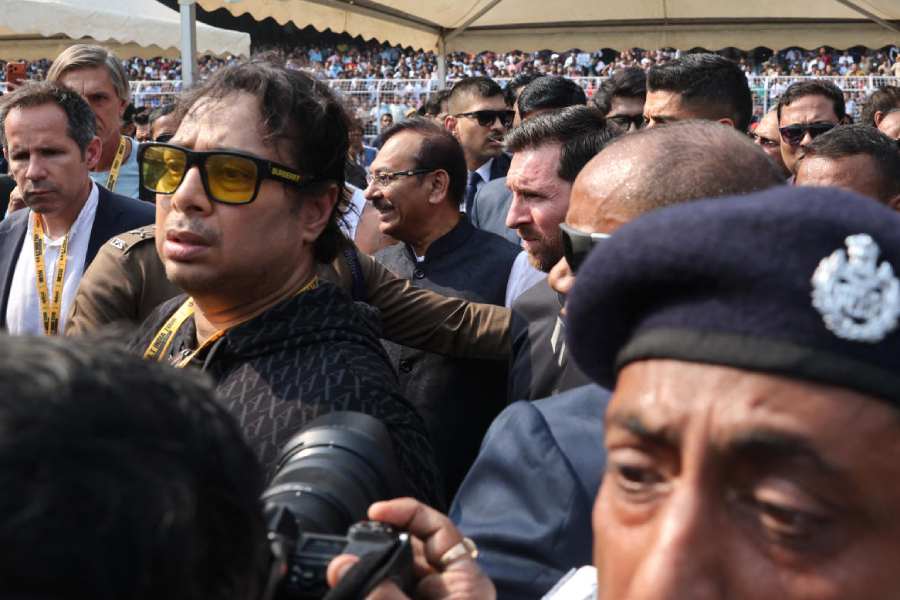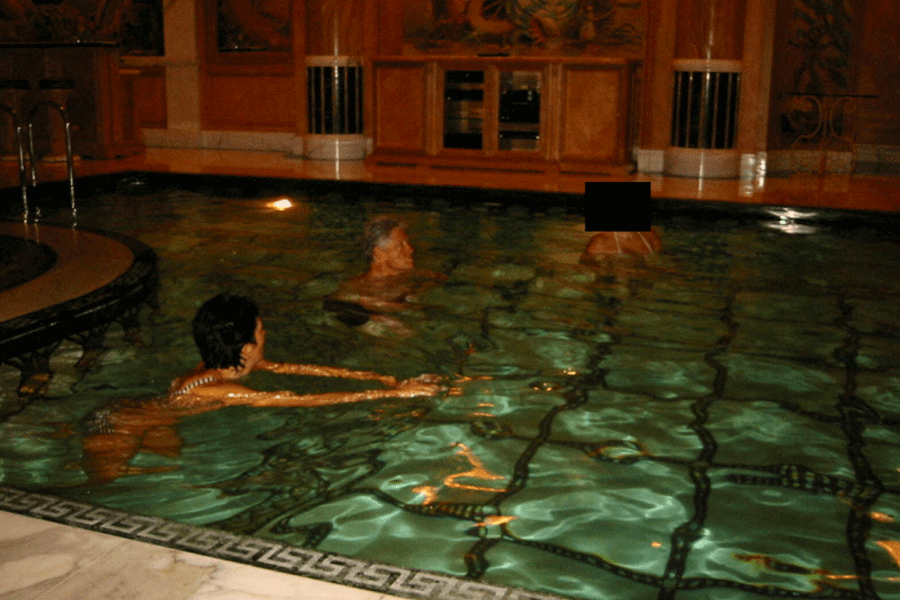

Everyone has a different name for it. Restaurateurs call it "an evolving market", aggregators dub it "search and discovery", bloggers talk about Bengal's rise as a "culinary performer in the commercial sector", sociologists refer to it as the "valorisation of roots", those above a certain age call it " poisha noshto" or waste of money, those below a certain age call it "paisa wasool" or money's worth, men think of it as outage and women consider it leverage.
See it how you will but it is happening. Bengalis in Calcutta suddenly cannot have enough of Bangali ranna - but outsourced from outlets.
It is a bit difficult to digest - the trend and its scale, not the food; this sudden romancing of daab chingri and basanti pulao, mochar ghonto and shona moong. You want to say " neoya jachchhe na" - cannot take it anymore - except the reality is quite the opposite.
Between 2003 and 2017, Bengali restaurant Bhojohori Manna has set up 11 branches within the city. The posher 6 Ballygunge Place, which opened in 2002, has five new avatars. Koshe Kosha has popped up in nine locations. According to Srivats T.S., vice-president (marketing) of the online delivery platform Swiggy, more than 40 "brands" serving Bengali food are registered with it. Samridhi Singhvi, east India market-ing manager of Zomato, says close to 250 Bengali restaurants of Calcutta are listed on Zomato.
Most of these are to be found in South Calcutta, Salt Lake - Sectors I and V - and Rajarhat. Some try to equate this distribution to the purchase power of residents in a given geography. Others try to explain the relative "restaurantlessness" of quintessential north Calcutta to either a space crunch or the prevalence of joint families, as opposed to the nuclear set-ups of south Calcutta. Truth is, online delivery platforms and home delivery arms of most individual establishments are ensuring that Bengalis get their regular fix of shukto and shutki, sthaan-kaal- paatro notwithstanding.
A lot of the restaurants, with names derived from the most humdrum of Bengali things, come and go like the flu. But over the years the trend has consolidated itself. Susanta Sengupta, the chef-owner of 6 Ballygunge Place, will tell you how in the initial days the restaurant had a continental section too. "It was eventually closed down because it turned out it was Bengali food that struck a chord with people."
The menus of most restaurants are similar. A couple of spin dishes, such as the ilish parota or prawn do pyaza, and a litany of homely stuff. It is the latter - the good old alu posto, chhanar dalna, kosha mangsho and bhetki paturi - that command the favour of customers.
Of late, there is this obsession with the thali or a consolidated platter. A separate outlet, the 6 Ballygunge Place Thali, opened in Kasba three years ago. Browsing through the online reviews, you will come across glowing appraisals of "combo meals" such as the pulao-katla kalia, murgir mangsho-parota and gorom bhaat-bhapa ilish on offer at Hindustan Park's Thakroon.
The quality of food, however, fluctuates from place to place. The middle-rung places, which most are, serve "moderately satisfying" food, according to Sayantani Mahapatra of Kolkata Food Bloggers.
Fellow blogger Anindya Basu is more scathing in his criticism. He says, "It is difficult to find a Bengali restaurant where the food is well balanced. Our food is all about tempering spices ( phoron) while retaining the taste of the prime ingredient, be it a vegetable or a protein. Only a few dishes are cooked in tomato gravy and our gravies are not supposed to be thick with onion and garlic. But I rarely find such food in Bangla restaurants."
But customers are not all picky. Where food is not the USP, the snob or popular appeal is. This is why when you ask people about their regular haunts, they are more likely to stress on place and ambience, and mumble "okay" or "quite good" when it comes to the food itself.
Ishani Barman is an HR professional who also does restaurant reviews on a regular basis. She says that for a section it is basically about keeping up with the Sens (come now, it rhymes with the Joneses). And though a decade ago no one on the right side of 25 would be caught dead saying " chorchori", now even that is cool.
Rajat Hazra, a doctor by day and food reviewer in the rest of his waking moments, confirms that Bengali restaurants do have a young clientele: " moshar moton" (like swarms of mosquitoes). His theory: "The standardisation of coffee shops has bored them. And what some of these Bangla eateries have done is they have dressed themselves up pretty. Bengali books, a carom board, CDs of Bengali movies. It works. They are basically feeding on heritage."

Unlike Ishani and Rajat, Chiranjeev and Ramya are not Bengalis but Tamilians born and brought up in Calcutta. She is a clinical psychologist, he an advertising professional. Together they run a blog called The Hungry Desis. They will tell you that any day, accessibility and clickability trump authenticity of the food itself. "Not too many have an accurate idea of the authentic," says Chiranjeev.
That leaves us with pricing and affordability. Well, not only are most places reasonably priced, there is also the fact that when it comes to food, the Bengali has never bothered about a little thing like budget.
All of this, however, proves the trend, does not explain it.
A neat explanation exists in Jean-Pierre Poulin's book, The Sociology of Food: Eating and the Place of Food in Society, published this February by Bloomsbury. "It is a global trend," Poulin tells The Telegraph in an email from Malaysia. "The more a country is developed and modernised, the more its traditional way of producing food changes. Traditional cuisine and food habits are viewed more positively than ever, like a heritage one has to protect and valorise."
Let's test Poulin's theory. Rewind to Calcutta of the 1960s. Newly-wed Krishna Sinha is setting up home in the city. Dining out means Firpo's, all of Park Street, the Grand, perhaps one of the clubs. Going out to a restaurant to eat Bengali food is unheard of. "Why would I step out of the house to have home food?" she asks. Hers is the collective indignation of Bengali women of a certain generation.
Now cut to 2017. New mom and psychiatrist Devlina Talapatra lives in one of the high-rises in south Calcutta's Ajoy Nagar with her husband, Archya Sengupta, a medical inspector at the ESI directorate. They have a five-month-old baby. "I order once a week, sometimes twice," says Devlina. "On weekends I need a break, so we order in then as well. For a weekday dinner, even one item is enough to lift the mood. I can make the daal-bhaat and a lone sabzi."
So there you have the traditional mode of producing food changing all right, and traditional food spelling solace in a hectic city life, but we are still looking for the why.
Rajeev Neogi, one of the founders of Bhojohori Manna, tells you that 14 years ago when Bhojohori started out of a garage space in Ekdalia, the founders factored in the gaggle of anxious and multitasking mothers waiting outside South Point School that happens to be in the neighbourhood. "There were barely 16 covers. We introduced simple things like luchi-alur dom. A week later we decided to add machher jhol to the menu. There was no looking back."
Chitrita Banerji, author of Eating India: An Odyssey into the Food and Culture of the Land of Spices, says in an email from the US: "Some of the simplest items of Bengali food can be the hardest to execute. A woman who cooks at home may not be adept at making jhur jhure alu bhaja or mourala machher jhal chorchori. Why shouldn't one take advantage of a restaurant offering them?"
Is this then about a generation of women exhausted from helming the responsibility of the kitchen day in and day out, along with a host of other, newer, responsibilities?
Perhaps. Or is there something else, something that underlines Devlina's admission: "I can cook, but I don't enjoy it that much."
Blogger Sarani Tarafdar points out how generation after generation of Bengali mothers have aggressively kept their daughters away from the kitchen. She says, " Portey bosho (sit down and study) is their thing. Children are encouraged to focus on studies and extra-curriculars and learning how to cook is not one of them."
Tarafdar doesn't give us a timeline but it is not difficult to piece together the story. Bengali women who are in their 30s and 40s now have no memory of the kitchen as a working space. They do have a memory of their mother's food though. But in the absence of a kitchen grammar, they cannot replicate it themselves or train someone else to do it. And beyond grammar, they do not have a kitchen bond.
But they do have a food bond. And Bengali restaurants are nourishing it.
Nandini Deb Bourani of Sovabazar Rajbari toes a different line; a very different one, about food and love and intangible returns. She is not ready to accept that time comes in the way of someone who wants to cook and her cooking. " Je raandhe shey chulo o bandhey," she utters an olden saying. It translates: She who cooks also takes the trouble to groom herself.
She talks about how she too was never allowed to enter the kitchen of her maternal home. "But I watched my mother and grandmother cook, and later, my mother-in-law. More than the recipes, I picked up on the care they brought to cooking. The food was an extension of their sentiments, their being."
She will tell you with a bit of steel in her velvet voice that not every item takes the same time and menus can be customised. She cannot understand the hoopla about mocha. "Yes, it takes time to separate the florets and remove the stamens and the plastic-type cover. But with a bit of planning, it can be done a day ahead." She talks about a kebab she makes. The recipe includes rose petals. She shows you with little hand movements how she plucks a few rose petals and leaves them out to dry the night before. It sounds like a haiku. She urges softly, "Ranna ta to bhalo lagar jinish. Aar khawano ta bhalobashar jinish. (You have to enjoy cooking. Serving someone is a labour of love.)"
Which makes us wonder - are we eating our hearts out?
Choice Choice
Top 10 dishes ordered in
- Shukto
- Mochar Ghonto
- Dhokar Dalna
- Daab Chingri
- Kosha Mangsho
- Moong Daal
- Bhetki Paturi
- Chicken Dakbangla
- Kochupata Chingri
- Jhinge Posto

